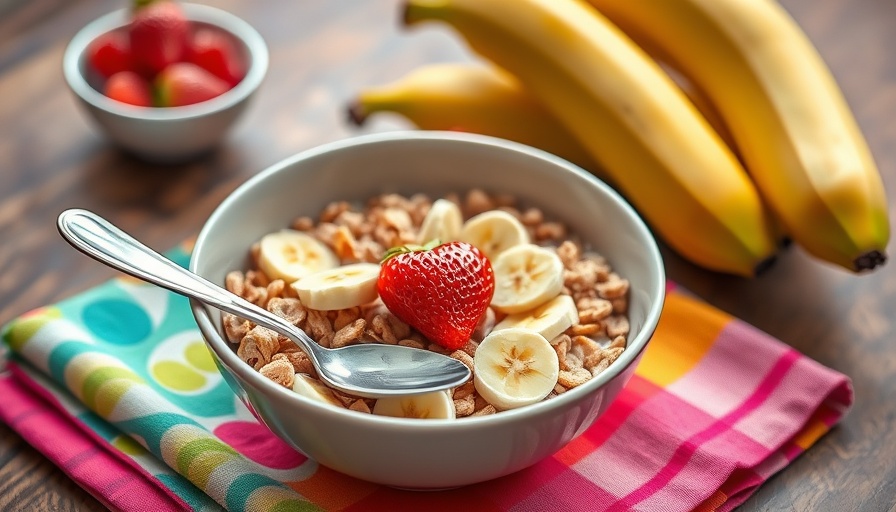
The Truth About Breakfast Cereals: Are They Really Healthy?
In a world bursting with cereal options, it’s easy to reach for the box adorned with colorful characters and enticing slogans like "high in vitamins" or "part of a balanced breakfast." However, a critical re-evaluation of several popular cereals shines a light on their true nutritional value. Is your breakfast cereal healthy enough to fuel your day?
A Closer Look at Breakfast Cereal Popularity
Breakfast cereals have long been a staple in American households, especially among children and young adults. Recent statistics reveal that over 25% of kids eat cereal for breakfast most days, with many adults indulging in it regularly as well. Celebrity endorsements only heighten this allure. Yet, as delightful as they are, many cereals may not provide the nourishment they are marketed to offer.
What Makes Cereal Seem Healthy?
Advertising plays a significant role in promoting cereals as the healthy breakfast choice. However, a recent study casts doubt on this narrative. A survey of more than 600 cereals suggested that popular options often contain a surprising amount of sugar, minimal protein, few fiber sources, and numerous additives. The perception of cereals as nutritious might just be a clever marketing ploy!
The Sugar Trap: How Much Sweetness Is Too Much?
Unfortunately, many cereals are loaded with sugar, which can mislead consumers into thinking they are making healthy choices. Sugar-sweetened cereals often lack the nutritional benefits one would expect from a traditional breakfast food. For example, a single serving of some cereals may contain up to 12 grams of sugar—this is on top of calories that can easily bump above the typical serving suggestion of 120-150 calories! It becomes clear that a small bowl can quickly turn into an oversized, sugary meal if not carefully monitored.
Cereal Portions: Are You Eating More Than You Think?
Another key concern lies in portion sizes. While a box might suggest that a portion is about ¾ cup, many people pour out a heaping bowl far exceeding what’s recommended. Research shows that these larger servings can push calorie content dramatically higher, often reaching up to 300 calories or more. Understanding portion sizes is crucial—consider using a measuring cup to better gauge how much you’re eating!
Understanding Health Claims: What Do They Really Mean?
It’s essential to question the legitimacy of health claims plastered across cereal boxes. Terms like "heart-healthy" or "all-natural" can mislead consumers into believing that they are making beneficial choices. A dissection of these claims reveals that the actual nutritional values may not align with what is advertised. In many cases, the potential health benefits derived from cereals are primarily reliant on the addition of milk rather than the cereals themselves.
Making Informed Choices: Healthier Alternatives and Solutions
If your breakfast cereal isn’t living up to its claims, don’t fret! There are numerous healthier alternatives to consider. Look for cereals that are high in whole grains, contain natural sweeteners, and boast plenty of fiber. Granola, oats, and even smoothies blended from whole fruits can serve as excellent substitutes. Empowering yourself to be vigilant about what’s in your food can lead to more nutritious breakfast choices.
Conclusion: Taking Charge of Breakfast Choices
In summary, while breakfast cereals may hold sentimental value and convenience, it’s vital to scrutinize their actual health benefits. Take charge of your breakfast choices by being discerning about the products you consume. Embrace whole foods and prepare meals that nourish both your body and your spirit.
Are you ready to rethink your breakfast routine? Start exploring simple, healthy breakfast options today and feel the difference it makes in your morning energy levels and overall wellness!
 Add Row
Add Row  Add
Add 




Write A Comment